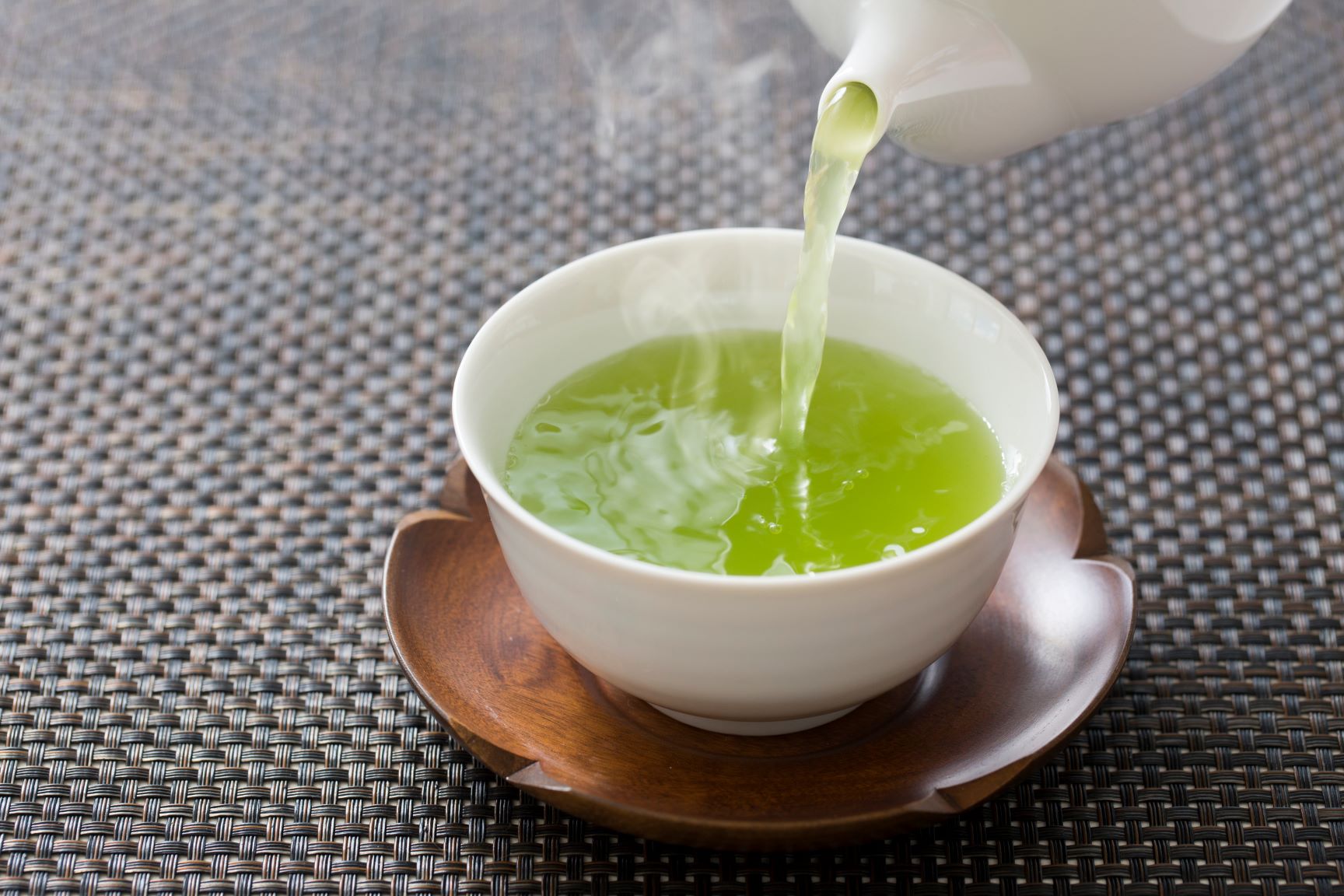
Easy to make at home! Customize your own flavored green tea
Introduction
The appeal of Japanese tea is its simple yet profound flavor.
Of course, it's delicious to drink as is, but you can bring out new flavors by adding your own flavorings using fruits and herbs.
Enjoy Japanese tea with your favorite aroma.

What is flavored tea anyway?
Flavored tea is tea that has the aroma and flavor of flowers, fruits, herbs, etc. added to a base tea such as black tea or green tea.
It comes in a variety of flavors, including those with the distinctive bergamot scent like Earl Grey, as well as rosehip and jasmine.
These flavours are added by mixing dried flowers or fruits directly into the tea leaves or by infusing them with aromas.
Depending on the type of base tea and the flavors added, you can enjoy countless combinations.

The joy of flavoring
"I like flavored black tea, but I'm not so sure about adding flavor to Japanese tea..." There may be many people who think this way.
However, even traditional Japanese teas such as sencha and hojicha can take on a whole new flavor when combined with fruits and herbs.
Japanese teas each have their own unique aroma, such as the refreshing aroma of sencha and the fragrant aroma of hojicha.

By adding the freshness of herbs or the sweet and sour taste of dried fruit to this base aroma, you can create your own original blend with depth.
For example, combining sencha with mint and lemon makes a refreshing summer tea, while combining hojicha with cinnamon and apple makes a warm autumn tea.
By trying out different combinations, you may make new discoveries.
The combinations are endless, so get creative and create your own special drink. 
How to make flavored tea
It's very easy to make. Just put tea leaves, herbs and dried fruits of your choice in a teapot, and pour hot water over it.
This allows the aroma of the ingredients to blend into the tea as it brews, creating your own original flavored tea.
However, be careful not to put the ingredients directly into the cup, as the scent will become too strong.
Also, be sure to use flavorings sparingly so as not to overwhelm the flavor of the tea.

Creating flavors that never fail
Excessive flavoring and aroma never work, and adding flavor to Japanese tea is no exception.
The important thing when making flavored tea is to add the flavoring carefully, little by little.
Even a small amount of fragrance or flavoring can have a strong aroma, so adding too much at once can ruin the flavor of the tea leaves.

The trick is to add a little at a time and check the taste each time. If it's not enough, just increase the amount a little at a time.
The important thing is the overall balance. It is important to bring out the aroma of the flavor, but don't forget to make sure the base taste of the tea leaves comes through.

Overseas flavored tea
Flavored teas overseas can be enjoyed in a slightly different way than in Japan.
Japanese flavored teas often incorporate flavors to enhance the aroma while still preserving the natural taste of the tea leaves.
On the other hand, flavored teas from overseas tend to emphasize sweetness.
This is because sweet things are preferred overseas and many people are not used to the bitterness of green tea. For this reason, many bottled teas sold overseas contain large amounts of sugar.

The combination of roasted green tea and milk is a perfect example of both of these elements.
While retaining the roasted green tea aroma, the addition of the richness of milk gives it a smoother, easier-to-drink flavor.
This is a way of drinking hojicha that not only softens the bitterness, but also makes it more palatable to people from overseas.

An example of flavored tea
| Hojicha × Milk | While retaining the roasted flavor of roasted green tea, the milk mellows the flavor, making it easier to drink. |
| Hojicha × Cinnamon: | The roasted green tea's aroma is combined with the spicy aroma of cinnamon to create a warming flavor that's perfect for cold days. |
| Hojicha × Jasmine | The freshness of jasmine goes well with the aroma of roasted green tea. |
| Hojicha and honey | The sweetness of the honey complements the flavor of the roasted green tea, making it an easy-to-eat combination. |
| Gyokuro x Yuzu | The flavor of yuzu brings out the rich flavor of gyokuro, giving it a refreshing taste. |
| Gyokuro x Brown Honey | The mellow sweetness of the brown syrup and the umami flavor of the gyokuro tea create a harmonious combination. |
| Sencha × Mint | The refreshing mint softens the bitterness of the sencha, creating a refreshing taste that's perfect for hot summer days. |
| Sencha x Yuzu | The refreshing acidity of yuzu brings out the flavor of sencha. It is delicious both hot and chilled. |
| Sencha × Kiwi | The sourness and sweet aroma of kiwi fruit goes perfectly with the refreshing taste of sencha tea. |
| Brown rice tea × strawberry | The fragrant brown rice and sweet and sour strawberries combine to create a dessert-like flavor. |
| Brown rice tea x vanilla | The sweet aroma of vanilla gently envelops the genmaicha tea, which also has a relaxing effect. |

summary
What did you think? This time we introduced you to flavored teas that you can enjoy with Japanese tea.
By experimenting with different combinations of tea leaves and flavors, you can find your own special cup of tea. Why not give it a try as a new way to enjoy Japanese tea?




